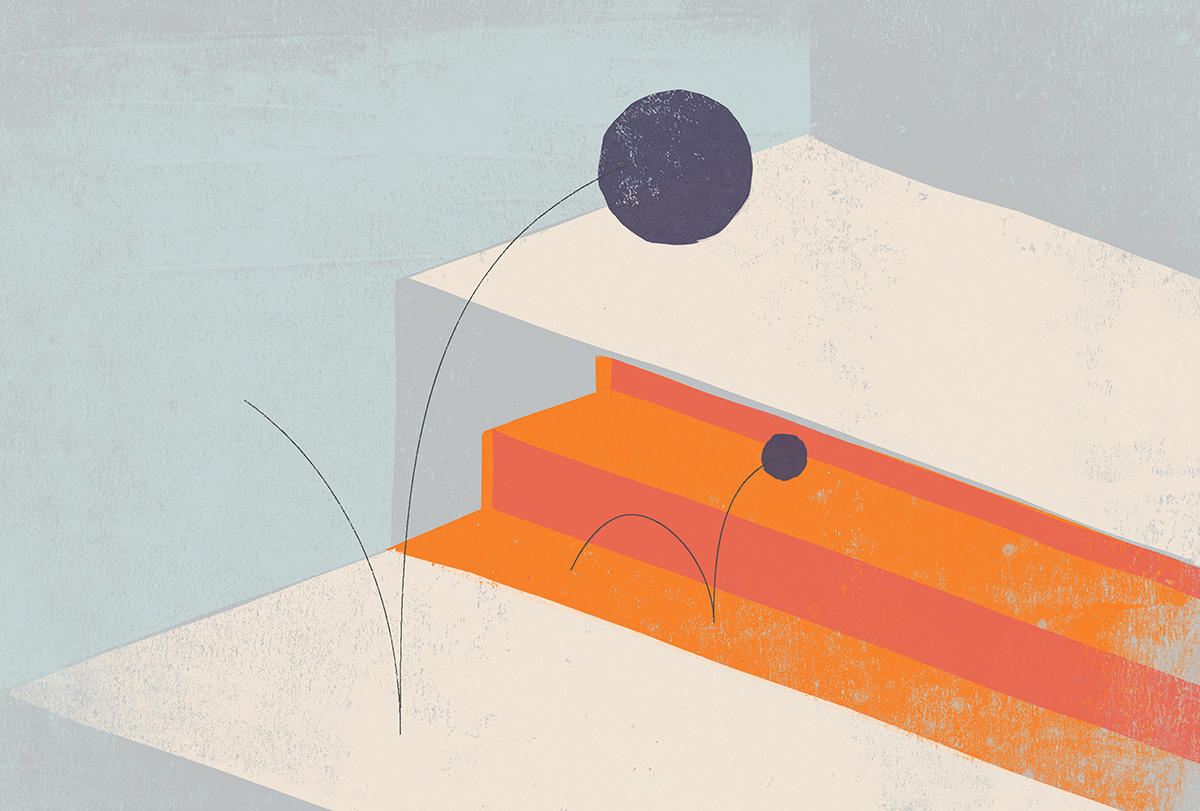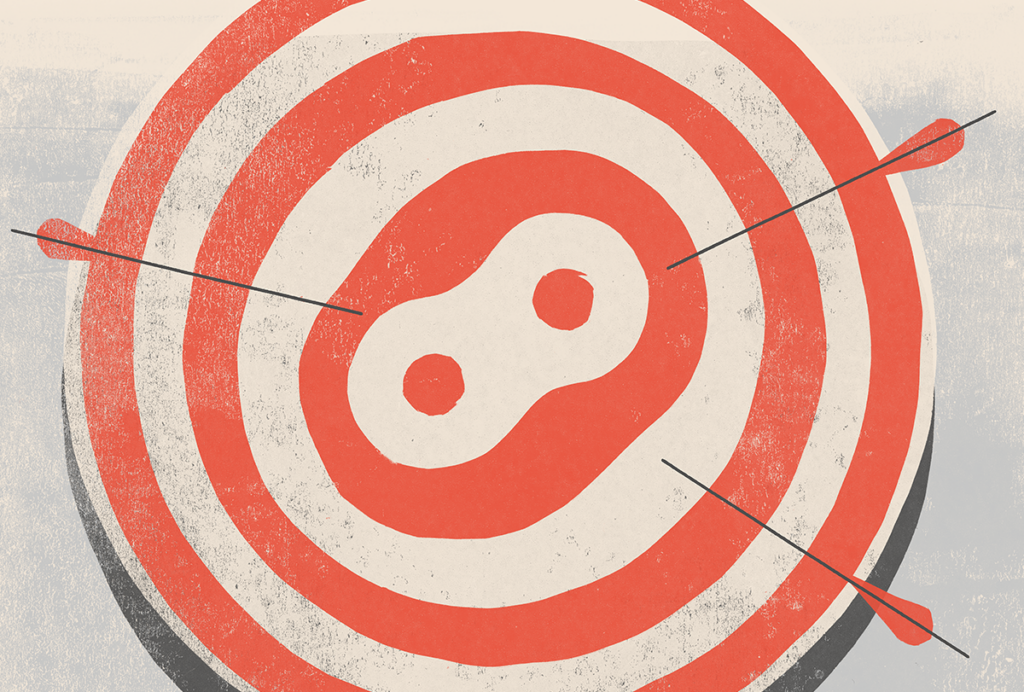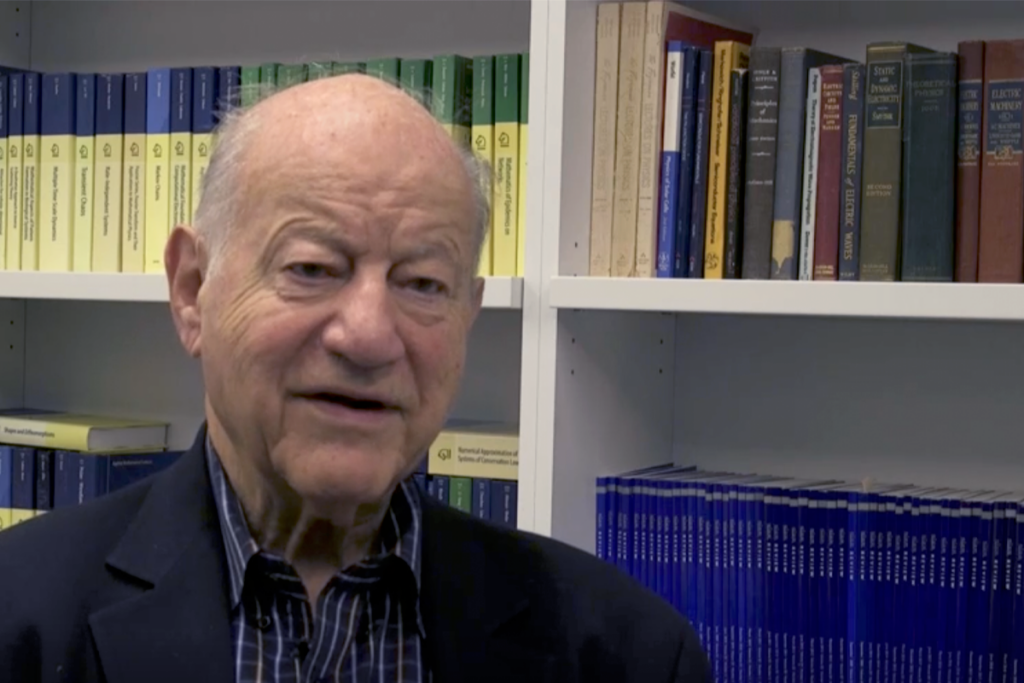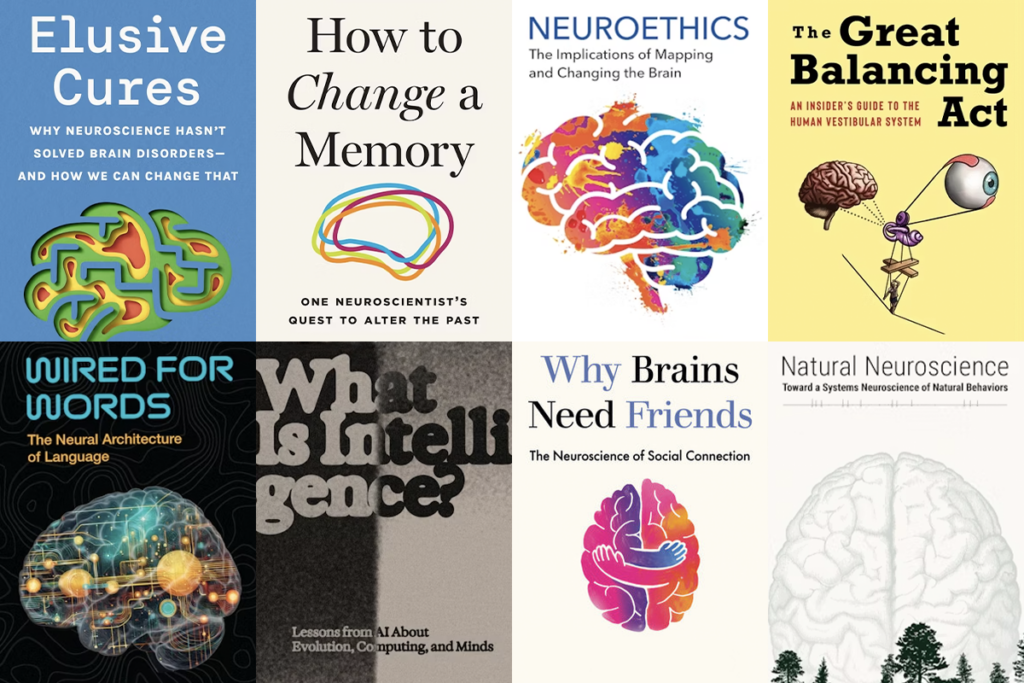Computational neuroscience and artificial intelligence stood out among the fast-growing subfields our respondents cited, as did systems neuroscience and studies of natural behavior. Other respondents took a more granular view and noted progress in interoception, glial biology and neuroimmunology. Some of the researchers we surveyed or interviewed focused on rapid methodological advances—including neural recording capabilities, neuroimaging and machine learning—that also featured in our survey about transformative technologies.

What are the fastest-growing areas in neuroscience?
Respondents pointed to computational neuroscience, systems neuroscience, neuroimmunology and neuroimaging, among other subfields.
“In my corner, things are moving fastest in modeling comprehensive datasets. We can model the connectome in available organisms using machine learning and AI in ways we couldn’t before.”
—Bing Wen Brunton, professor of biology, University of Washington
“Computational neuroscience, NeuroAI.”
—Vinicius Rezende Carvalho, postdoctoral fellow, University of Oslo
“NeuroAI, neurotechonologies (BMIs), organoids.”
—Renato Duarte, associate researcher, University of Coimbra
“The intersection of neuroscience and AI has really grown quite a bit, and that means different things to different people. And so, there’s kind of a big-tent vision of neuroscience and AI working together, both in terms of neuroscientists using ideas from AI to inform their theories and also people within AI being interested in how the brain works as a kind of source of inspiration for algorithms.”
—Samuel Gershman, professor of psychology, Harvard University
“Computational neuroscience comes to mind. And with this I don’t necessarily mean AI but really trying to use mathematical concepts to try to understand how information is computed. I think it’s just something that took a while to develop, but the field has been taking off.”
—Jorg Grandl, associate professor of neurobiology, Duke University
“Computational, -omics—particularly spatial transcriptomics—sex differences research.”
—Jennifer Mattar, research fellow in neurology, Brigham and Women’s Hospital
“I mean, certainly again, the technology is growing quite dramatically. The ability to measure whole brain, we’re getting closer and closer to that aspiration, being able to measure every element in the brain in a single organism. Certainly the evolution in computational modeling, which would span everything from machine learning to artificial intelligence, and that’s really been rapidly developing across probably the entire spectrum of neuroscience. The last thing really is the more pervasive use and understanding of the importance of big datasets. So that comes both with the technological challenge of trying to establish ways to share large datasets but also underscores the importance of really establishing robust open science platforms.”
—Randy McIntosh, director, Institute for Neuroscience and Neurotechnology, Simon Fraser University
“Machine-learning profiling of behavior. I think many people are giving up on the expensive imaging approaches and applying tools to video recordings.”
—Adam Naples, assistant professor, Child Study Center, Yale School of Medicine
“I’m sure everybody says this, but it is AI and the integration of AI into neuroscience. For better or for worse. I don’t know if there’s a specific field that is necessarily growing faster than others. If you take neuroscience as having four subfields (cognitive, behavioral, molecular and computational), then computational neuroscience is growing the fastest.”
—Jan Wessel, Clement T. and Sylvia H. Hanson Family Chair and professor of psychological and brain sciences, University of Iowa
“The fastest-growing [area] just has to be anything related to AI, because it is going from nothing to everything rather quickly. I do not think we yet, in my opinion, know where AI is going to influence neuroscience research and in what ways. AI is going to allow people to code more easily. AI is going to allow us to come up with new ways of decoding spike train information that can be directly translatable without understanding it to control brain-machine interfaces. But the knock-on effects of what that is going to mean for how we understand molecular neuroscience or how we think about questions in memory, I do not think anybody has any idea yet.”
—Anne West, professor of neurobiology, Duke University School of Medicine
“I’m biased here, but in the astrocyte biology area, it’s exciting to understand how they process and compute information and use it as a way of talking to neurons or modulating circuits. They are hubs that integrate information from a range of neurons and modify the activity of circuits and associated behaviors.”
—Benjamin Deneen, professor and Dr. Russell J. and Marian K. Blattner Chair, Baylor College of Medicine
“I think there is a lot more focus on the supporting cells like microglia, astrocytes, oligodendrocytes. There has been a lot of new knowledge emerging from looking at these cells and how they interact with neurons. Specifically in my field, there is a lot of discussion and debate about how the fluid circulates within the central nervous system and how waste metabolites are cleared, and this is still a very active field, and I think still a lot more research needs to be done until we really understand it.”
—Steven Proulx, group leader, University of Bern
“I would say one of the more recent fast-growing areas is neuroimmunology—the idea that the immune system talks to the brain has always been a no-no. The dogma has been that they’re just separate entities, but it seems like more and more of that dogma is just not based on data. It’s clear that there’s a lot of normal interaction between the immune system and the brain.”
—Jason Shepherd, professor of neurobiology, University of Utah
“Naturalistic behavioral systems neuroscience.”
—Ian Max Andolina, research director, Institute of Neuroscience, Chinese Academy of Sciences
“Systems neuroscience.”
—Richard Courtemanche, professor of health, kinesiology and applied physiology, Concordia University, Montreal
“One area moving rapidly is the idea of real time imaging of the brain as animals behave. How circuits change and are altered in relation to stimulus or learning events, which is exciting and of fundamental importance broadly across all disciplines.” —Benjamin Deneen, professor and Dr. Russell J. and Marian K. Blattner Chair, Baylor College of Medicine
“Five years ago, it was sequencing and molecular measurements at the scale of the entire brain/nervous system. My impression is that development has dramatically slowed down—we are beginning a phase of applying those techniques to a range of questions. I think there’s a resurgence of interest in behavior and more natural behavior and brain-wide scale of recording. My impression is that that’s where lots of positions are available now.”
—Joshua Dudman, senior group leader, Janelia Research Campus, Howard Hughes Medical Institute
“Human neuronal recordings.”
—Matteo Carandini, professor of visual neuroscience, University College London
“One of the fastest-growing areas is human neuroscience—it’s growing by virtue of the potential for targeted manipulations in the human brain. The understanding of the role of neuromodulators has advanced with the incorporation of big data, recordings from many neurons and their manipulation, which did not exist until the last few years. And the elucidation of the neural basis of drives and their regulation: hunger, thirst, sex, aggression, all of which will have big implications for psychiatry.”
—Michael Stryker, professor of physiology, University of California, San Francisco
Recommended reading

What should the field prioritize over the next 10 years?

The state of neuroscience in 2025: An overview

Neuroscientist Gerry Fischbach, in his own words
Explore more from The Transmitter

The Transmitter’s reading list: Six upcoming neuroscience books, plus notable titles in 2025

